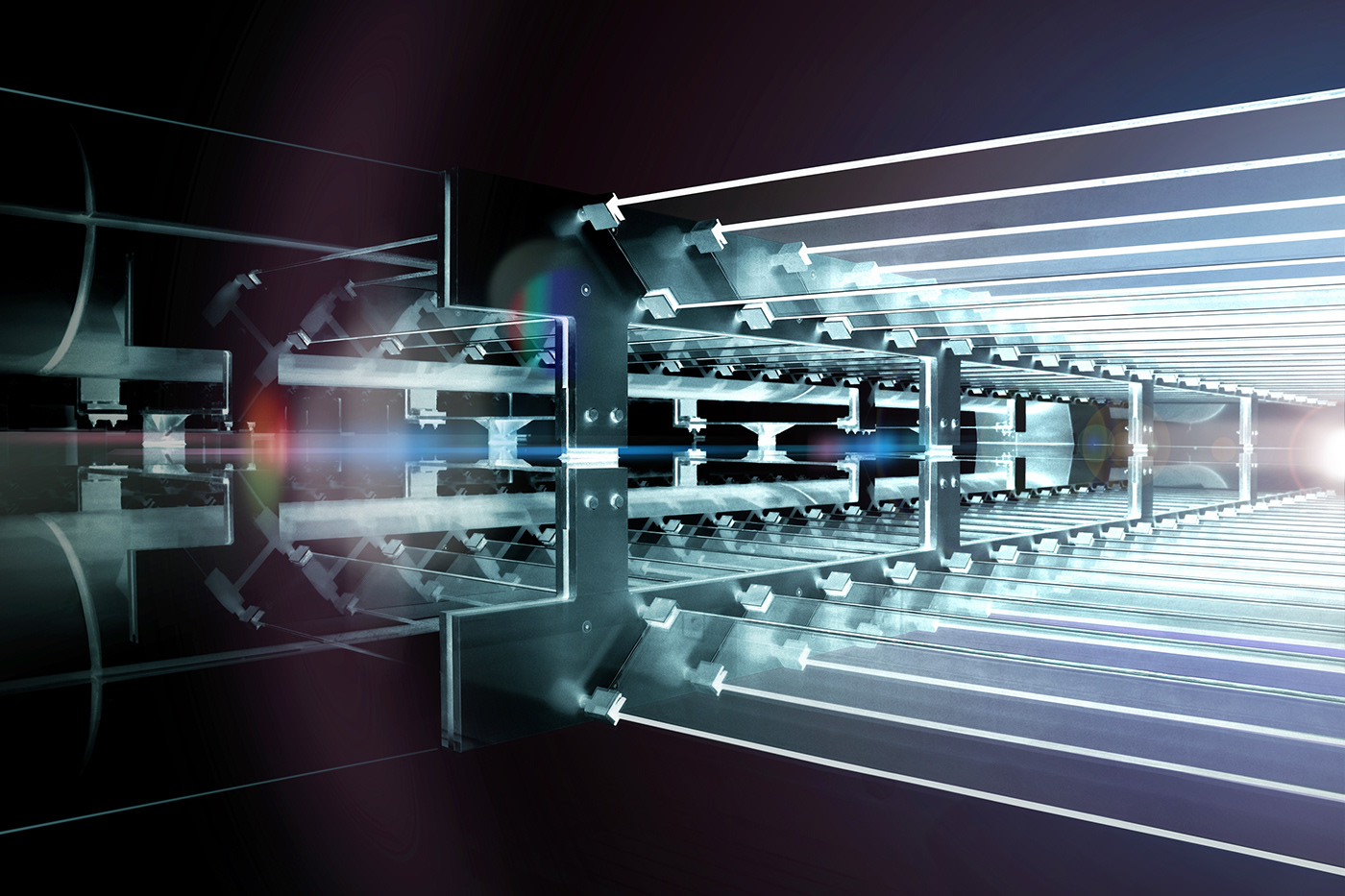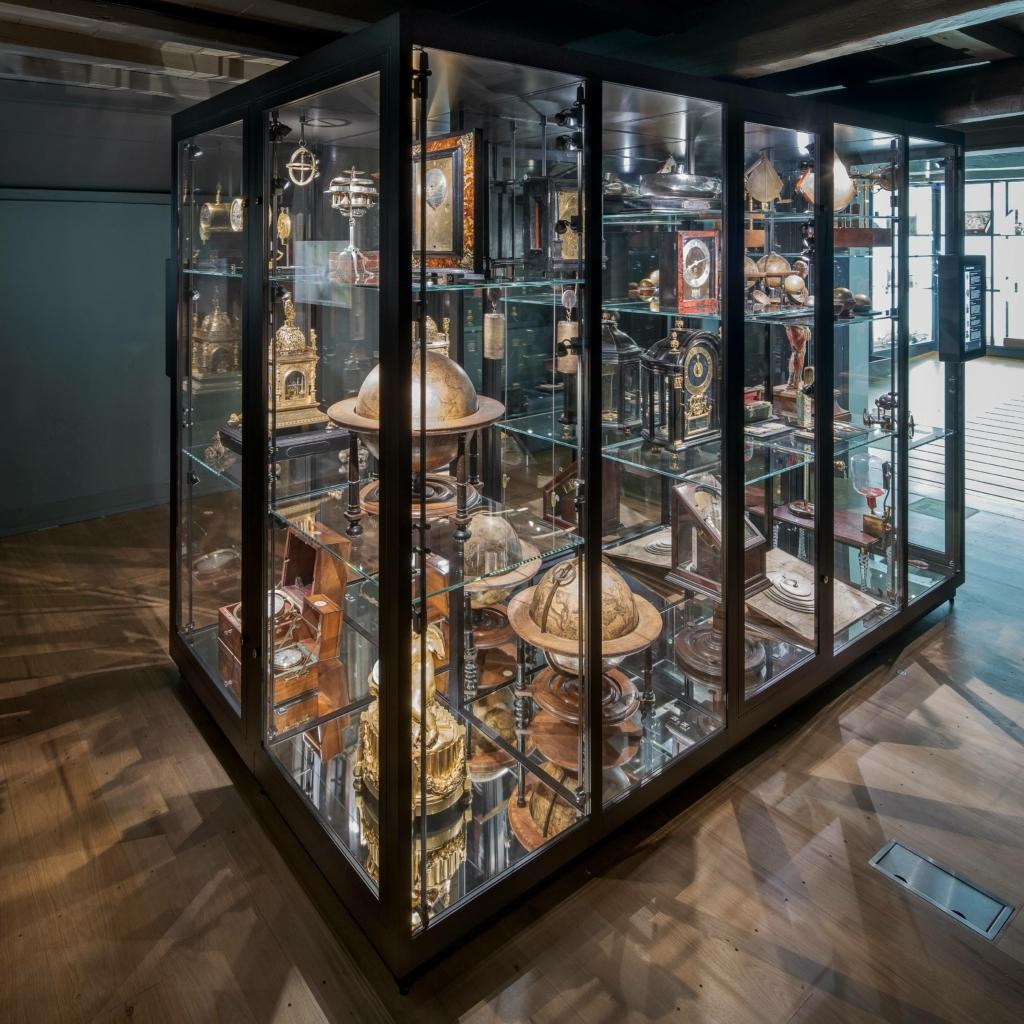Types of Lighting for Glass Cabinets

Lighting inside glass cabinets is essential for showcasing the items within, whether it’s a collection of vintage china, a display of family heirlooms, or a carefully curated selection of books. Choosing the right type of lighting can significantly enhance the visual appeal of your cabinets and make your treasured items stand out.
Types of Lighting
There are several types of lighting commonly used inside glass cabinets, each with its own advantages and disadvantages.
- LED (Light Emitting Diode): LED lights are known for their energy efficiency, long lifespan, and versatility. They produce a bright, white light that’s ideal for illuminating glass cabinets. LED lights are available in various colors, allowing you to create a specific ambiance within your cabinet. They also generate minimal heat, making them safe for use near delicate items.
- Halogen: Halogen lights offer a warm, white light that’s similar to incandescent bulbs. They provide excellent color rendering, making them suitable for displaying artwork or items with intricate details. However, halogen lights are less energy-efficient than LED lights and generate more heat. They also have a shorter lifespan compared to LED lights.
- Fluorescent: Fluorescent lights are known for their energy efficiency and long lifespan. They produce a cool, white light that’s suitable for illuminating large areas. However, fluorescent lights can be bulky and may not be ideal for small glass cabinets. They also emit a flickering light that can be distracting for some viewers.
Advantages and Disadvantages of Lighting Types
Here’s a table comparing the advantages and disadvantages of each lighting type:
| Lighting Type | Advantages | Disadvantages |
|---|---|---|
| LED | Energy-efficient, long lifespan, bright light, minimal heat, available in various colors | Can be more expensive upfront |
| Halogen | Warm, white light, excellent color rendering | Less energy-efficient, generates more heat, shorter lifespan |
| Fluorescent | Energy-efficient, long lifespan | Bulky, cool, white light, can flicker |
Lighting Fixtures for Glass Cabinets
Several lighting fixtures are specifically designed for use inside glass cabinets. These fixtures are available in various styles and sizes to suit your cabinet’s design and the items you wish to display.
- Recessed Lights: Recessed lights are installed directly into the ceiling or walls of your cabinet. They provide a discreet and efficient way to illuminate the interior. Recessed lights are available in various sizes and finishes to match your cabinet’s design.
- Spotlights: Spotlights are versatile lighting fixtures that can be used to highlight specific items within your cabinet. They offer adjustable beams that allow you to direct the light precisely where you need it. Spotlights are available in various styles, from traditional to modern, to complement your cabinet’s aesthetic.
- Strip Lights: Strip lights are flexible LED lights that can be easily installed around the perimeter of your cabinet. They provide a soft, diffused light that illuminates the entire interior without casting harsh shadows. Strip lights are available in various colors and lengths to suit your needs.
Lighting Techniques for Enhancing Display

Lighting techniques are essential for showcasing items inside glass cabinets effectively. By strategically placing and manipulating light sources, you can highlight specific features, create depth, and minimize glare, transforming your glass cabinet into a captivating display.
Directional Lighting, Lighting inside glass cabinets
Directional lighting uses focused beams of light to create shadows and emphasize the form of objects. This technique adds depth and dimension to your display by highlighting contours and textures.
Directional lighting can be achieved using spotlights, track lighting, or even strategically placed table lamps.
For instance, using a spotlight to illuminate a sculpture from the side will create a dramatic shadow, emphasizing its three-dimensional form. This technique is particularly effective for showcasing objects with intricate details or complex shapes.
Backlighting
Backlighting is a technique that places light sources behind the objects being displayed, creating a dramatic effect and showcasing transparency. This technique is especially effective for displaying items made of glass, crystal, or other translucent materials.
Backlighting can be achieved using LED strips, light boxes, or even strategically placed lamps behind the cabinet.
For example, placing LED strips behind a collection of glassware will create a glowing halo effect, highlighting their intricate designs and delicate forms. This technique also creates a sense of depth, making the items appear to float within the cabinet.
Accent Lighting
Accent lighting uses focused beams of light to highlight specific items or collections within a glass cabinet. This technique allows you to draw attention to particular pieces and create visual interest within the display.
Accent lighting can be achieved using spotlights, track lighting, or even strategically placed table lamps.
For example, you can use a spotlight to illuminate a collection of vintage books, highlighting their leather covers and gold-leaf detailing. This technique can also be used to create focal points within the display, drawing the viewer’s attention to specific items.
Visual Representation
Imagine a glass cabinet filled with a diverse collection of items. The back of the cabinet is illuminated with a warm white LED strip, creating a soft, ambient glow. A spotlight is directed at a ceramic vase in the center, highlighting its intricate floral patterns and creating a dramatic shadow on the back wall. A track light with multiple spotlights is positioned above the cabinet, illuminating individual items like a vintage camera, a collection of seashells, and a framed photograph. This combination of backlighting, accent lighting, and directional lighting creates a visually appealing and dynamic display, showcasing each item to its full potential.
Practical Considerations for Lighting Glass Cabinets: Lighting Inside Glass Cabinets

Lighting glass cabinets effectively involves more than just choosing a visually appealing fixture. You need to consider various factors to ensure the lighting enhances the display, protects your items, and remains safe.
Choosing the Right Lighting
Selecting the appropriate lighting for your glass cabinet is crucial. Several factors influence this decision, including the size and shape of the cabinet, the type of items being displayed, and the desired ambiance.
- Cabinet Size and Shape: Larger cabinets require more powerful lights, while smaller ones can use less intense options. The shape of the cabinet also affects the type of lighting needed. For instance, a tall, narrow cabinet might benefit from vertical lighting, while a wide, shallow cabinet might need more diffused light.
- Displayed Items: The nature of the items displayed influences the lighting choice. For example, delicate items like antique jewelry might require softer lighting to prevent glare and damage, while larger objects might benefit from brighter lights.
- Desired Ambiance: The desired ambiance affects the lighting’s color temperature. Warm white light (around 2700K) creates a cozy and inviting atmosphere, while cool white light (around 6500K) provides a more modern and clinical feel.
Ventilation and Heat Management
Lighting fixtures generate heat, which can be detrimental to sensitive items and potentially cause damage. Proper ventilation is crucial to prevent overheating.
- Ventilation Options: Ensure adequate airflow within the cabinet. This can be achieved by incorporating ventilation holes or slots in the cabinet’s back or sides. Fans can also be used to circulate air and dissipate heat.
- Low-Heat Lighting: Consider using LED lights, which generate significantly less heat than traditional incandescent bulbs. This helps minimize the risk of overheating and damage to your items.
- Regular Monitoring: Monitor the temperature inside the cabinet regularly, especially during periods of high ambient temperature. If the temperature becomes excessive, adjust the lighting or ventilation accordingly.
Installation and Maintenance
Installing and maintaining lighting in glass cabinets involves specific considerations and precautions.
- Wiring Considerations: Ensure the electrical wiring is properly installed and meets safety standards. Use appropriate gauge wires and connectors for the wattage of the lighting fixtures. Consult a qualified electrician if you are unsure about any aspect of the electrical work.
- Safety Precautions: Always work with electricity with caution. Turn off power to the circuit before working on any wiring or fixtures. Use insulated tools and wear appropriate protective gear. Never touch exposed wires or components while the power is on.
- Regular Maintenance: Clean the lighting fixtures regularly to remove dust and debris. Replace bulbs as needed. Ensure the ventilation system is working correctly and clean any accumulated dust or debris.
Common Lighting Installation Mistakes to Avoid
Understanding common mistakes can help you avoid them and ensure a successful lighting installation.
- Improper Wiring: Using incorrect gauge wires or connectors can lead to overheating and potential fire hazards. Always use wires and connectors rated for the wattage of the lighting fixtures.
- Insufficient Ventilation: Lack of proper ventilation can cause overheating and damage to items displayed. Ensure adequate airflow within the cabinet.
- Overpowering the Cabinet: Using overly bright lights can cause glare and damage sensitive items. Choose lights appropriate for the size of the cabinet and the items being displayed.
- Neglecting Maintenance: Failing to clean and maintain lighting fixtures can lead to decreased light output and potential safety hazards. Regular cleaning and bulb replacement are essential.
Lighting inside glass cabinets – Glass cabinets are like little treasure chests, showcasing your prized possessions. But to truly appreciate the sparkle, you need the right lighting! And that’s where low voltage cabinet lighting shines. It’s safe, energy-efficient, and casts a warm glow that highlights your collectibles without overwhelming the space.
Think of glass cabinets as mini-stages for your prized possessions, and lighting is the spotlight! But remember, even the best stage needs a good backdrop. That’s where the space between wall cabinets and countertop comes in. Just like a good set designer considers the entire stage, the space between your cabinets can make or break the overall visual impact.
And when you’ve got those cabinets glowing, the whole kitchen becomes a captivating show!